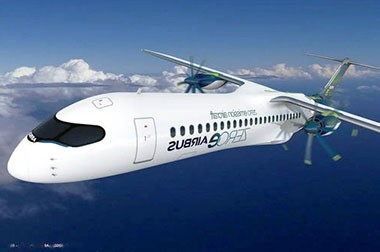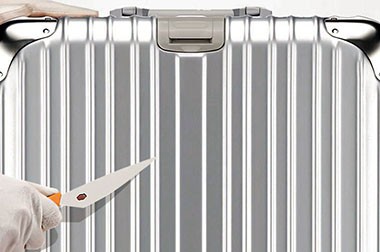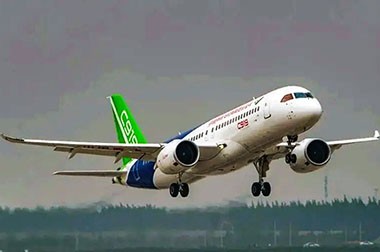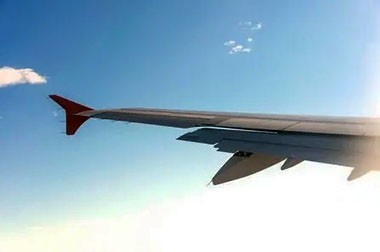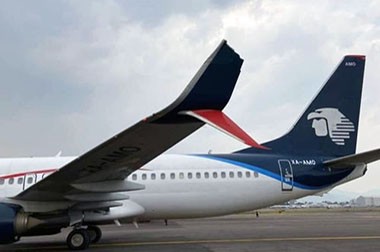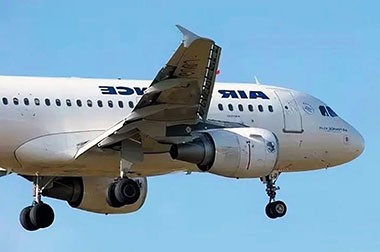7475 vs 7050: Advantages and Disadvantages of Aerospace Aluminum Alloys
7475 and 7050 aluminum alloys are high-strength aerospace aluminum alloys widely used in the aerospace industry, especially in aircraft structures. Both belong to the 7xxx series of aluminum alloys, with zinc (Zn) as the main alloying element, supplemented by magnesium (Mg) and copper (Cu), giving them excellent strength, fatigue resistance, and corrosion resistance.
7475 vs 7050 of Aerospace Aluminum Alloys
- The advantage of 7475 aluminum alloy lies in its excellent fatigue resistance and toughness, although it has relatively weak corrosion resistance, making it suitable for structural components in the aerospace field that require high fatigue and crack growth resistance.
- The 7050 aluminum alloy has higher strength and better corrosion resistance, making it suitable for use in high-temperature and harsh environments, with overall superior performance, widely used in load-bearing structures and high-stress components of aircraft.
Aerospace Aluminum Alloy Strength: 7475 vs 7050
Strength of Aerospace Aluminum Alloy 7475
Under the same heat treatment condition, the strength of 7475 is slightly lower than that of 7050.
7475 is suitable for areas with slightly lower strength requirements but greater need for fatigue resistance, such as aircraft skin and structural panels.
Strength of Aerospace Aluminum Alloy 7050
The 7050 has higher strength, especially in T7651 and T7451 conditions, making it more suitable for high-strength load-bearing components, such as wing beams and fuselage frames.
Aerospace Aluminum Alloy Corrosion Resistance: 7475 vs 7050
Corrosion Resistance of Aerospace Aluminum Alloy 7475
7475 has relatively good corrosion resistance, especially exhibiting excellent resistance to stress corrosion cracking, suitable for aircraft exterior structures that require fatigue resistance and are exposed to corrosive environments.
Corrosion Resistance of Aerospace Aluminum Alloy 7050
The corrosion resistance of 7050 is more prominent, especially in T76 and T73 conditions, where its resistance to stress corrosion cracking is very strong, making it very suitable for high-strength aircraft components that are easily affected by corrosive environments, such as landing gear and load-bearing frames.
The following is a comparison of the corrosion resistance of 7475 and 7050 aluminum alloys presented in table form:
| Characteristic | 7475 Aluminum Alloy | 7050 Aluminum Alloy |
| Corrosion Resistance | Relatively poor, prone to corrosion in marine environments | Relatively good, suitable for harsh environments |
| Surface Treatment | Requires surface treatment to improve corrosion resistance | Has stronger corrosion resistance after proper surface treatment |
Toughness and Fatigue Resistance: 7475 vs 7050
7475 Aluminum Alloy
7475 is known for its excellent toughness and fatigue resistance, particularly prominent in thin sheet applications. Therefore, it is commonly used in areas that require high fatigue resistance and crack growth resistance, such as aircraft skin and structural panels.
7050 Aluminum Alloy
Although 7050 has higher strength, its fatigue resistance is relatively not as good as that of 7475. In applications requiring high impact toughness or fatigue resistance, 7050 is not as suitable as 7475, but it still performs excellently in load-bearing applications.
Machinability: 7475 vs 7050
7475 Aluminum Alloy
7475 has good machinability, especially suitable for high-precision machining, widely used in applications such as thin sheets and extruded profiles.
7050 Aluminum Alloy
7050 has slightly inferior machinability, especially in high-strength conditions. Although it is widely used in the manufacturing of large aerospace components, machining is relatively more challenging.
The following is a comparison of the machining performance of 7475 and 7050 aluminum alloys presented in table form:
| Characteristic | 7475 Aluminum Alloy | 7050 Aluminum Alloy |
| Machining Performance | Suitable for heat treatment and cold processing, significantly improved strength after heat treatment | Relatively good machining performance, more significant strength improvement after heat treatment |
| Crack Tendency | Prone to cracking during machining, requires control of machining conditions | Higher crack resistance, making it more advantageous during machining |
Alloy Composition Comparison: 7475 vs 7050
Composition of Aerospace Aluminum Alloy 7475
Main components: Zn 5.2-6.2%, Mg 1.9-2.7%, Cu 1.2-1.9%
The characteristic of 7475 is to enhance the material's toughness and fatigue resistance by reducing the content of other alloying elements.
Composition of Aerospace Aluminum Alloy 7050
Main components: Zn 5.7-6.7%, Mg 1.9-2.6%, Cu 2.0-2.6%
Compared to 7475, 7050 has a higher copper content, which enhances its strength and improves its resistance to stress corrosion cracking.
The following is a comparison of the compositions and characteristics of aerospace aluminum alloys 7475 and 7050 presented in table form:
| Characteristic | 7475 Aluminum Alloy | 7050 Aluminum Alloy |
| Main Components | Zn 5.2-6.2% | Zn 5.7-6.7% |
| Mg 1.9-2.7% | Mg 1.9-2.6% | |
| Cu 1.2-1.9% | Cu 2.0-2.6% | |
| Characteristics | Enhances toughness and fatigue resistance by reducing the content of other alloying elements | Higher copper content enhances strength and resistance to stress corrosion cracking |
Aerospace Aluminum Alloy 7475 vs 7050 Typical Applications
- 7475 Aluminum Alloy: Mainly used in applications requiring high fatigue resistance and toughness, such as aircraft skin, wing beams, structural panels, and wing tips.
- 7050 Aluminum Alloy: Mainly used in high-strength load-bearing components, such as main wing beams, fuselage frames, landing gear components, and other high-stress parts.
Aerospace Aluminum Alloy 7475 vs 7050 Heat Treatment Characteristics
- 7475 Aluminum Alloy: Mainly used in T651 and T7351 conditions; T651 condition has higher strength, while T7351 condition has better toughness.
- 7050 Aluminum Alloy: Mainly used in T7651, T7451, and T76 conditions; T7651 condition has higher strength, while T7451 condition is more resistant to stress corrosion cracking.




